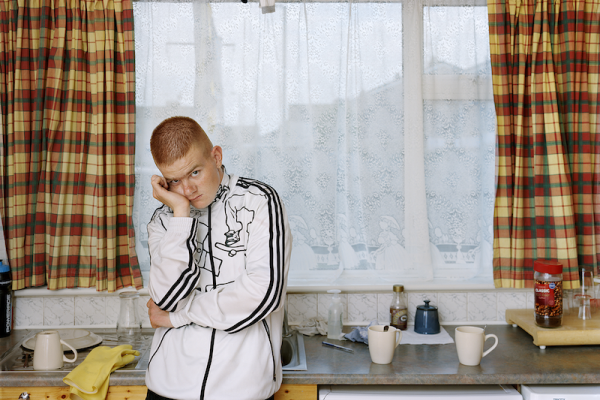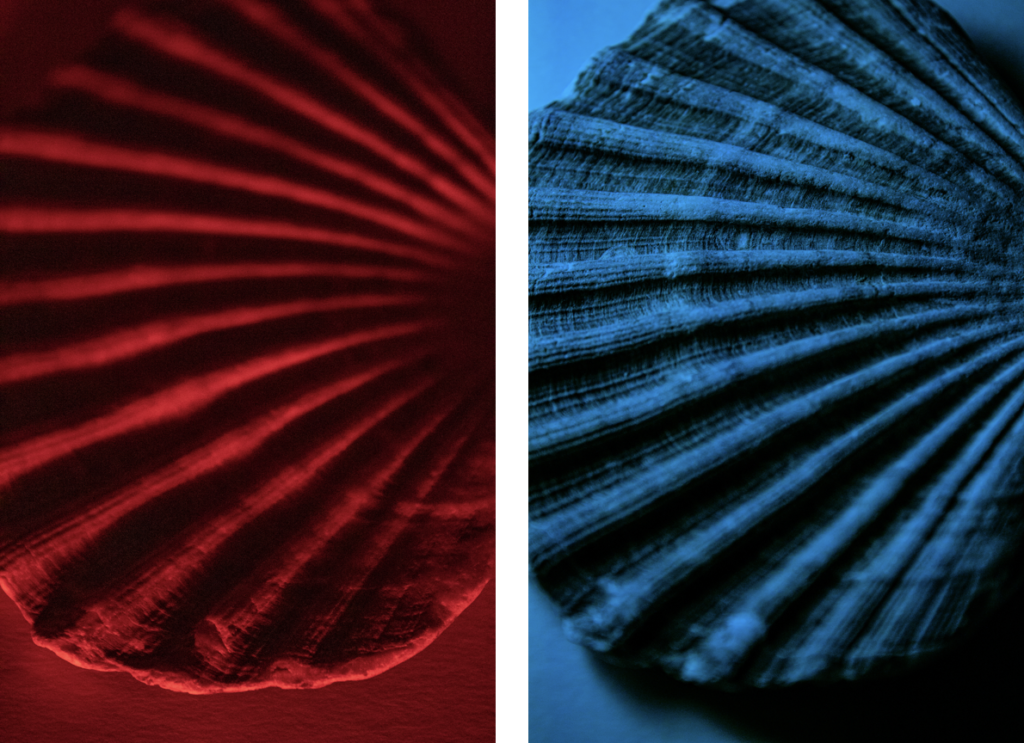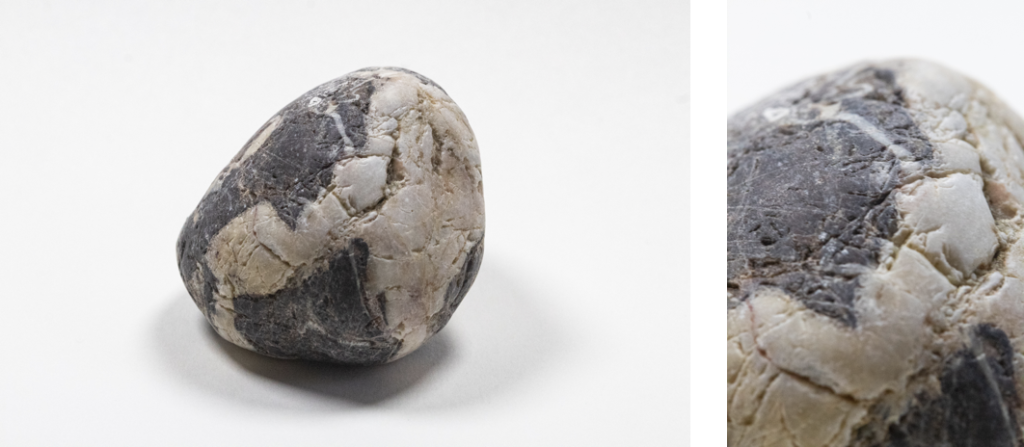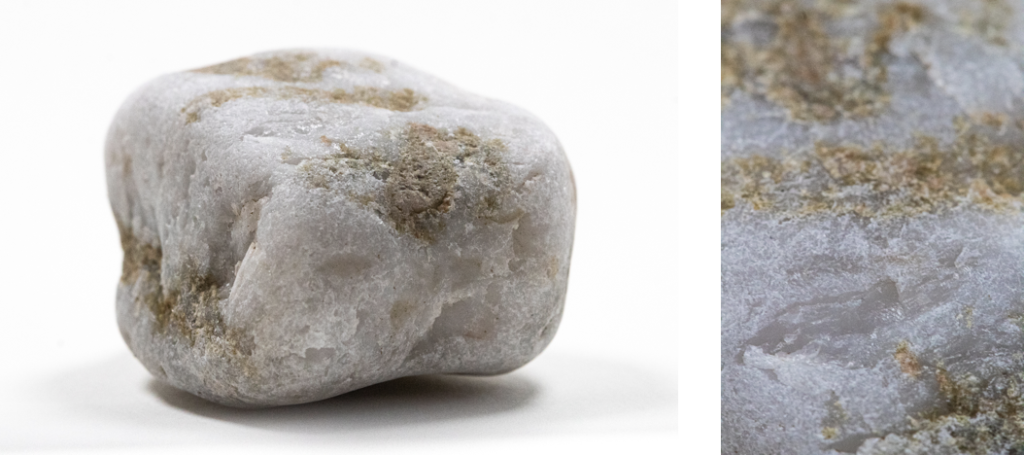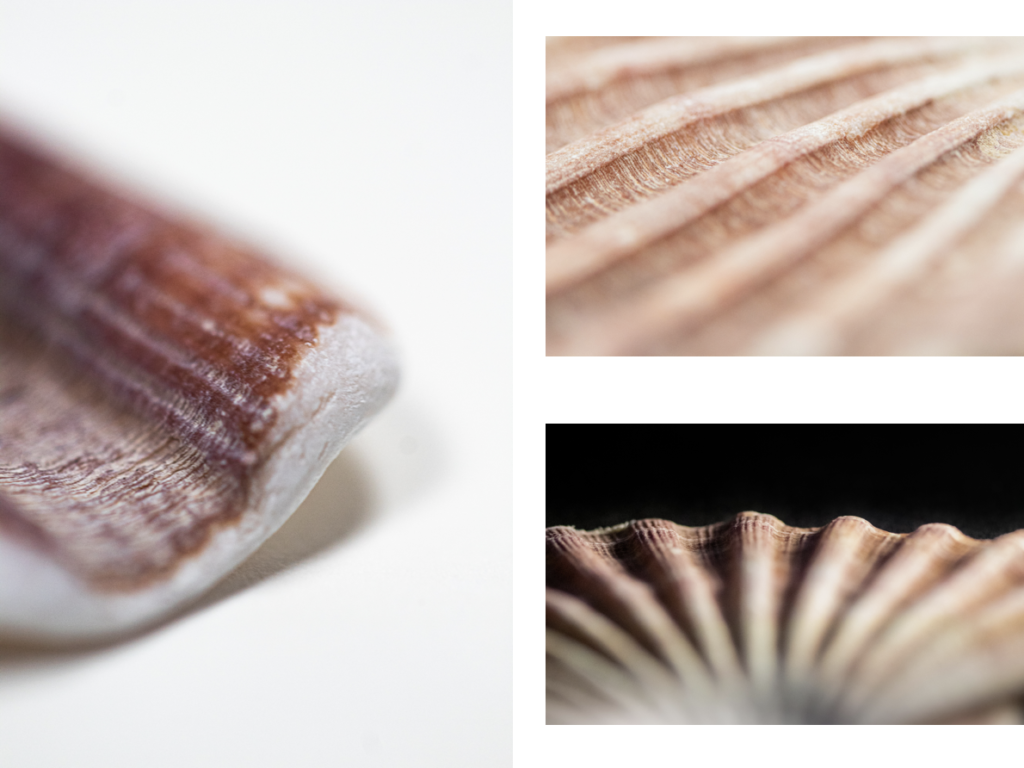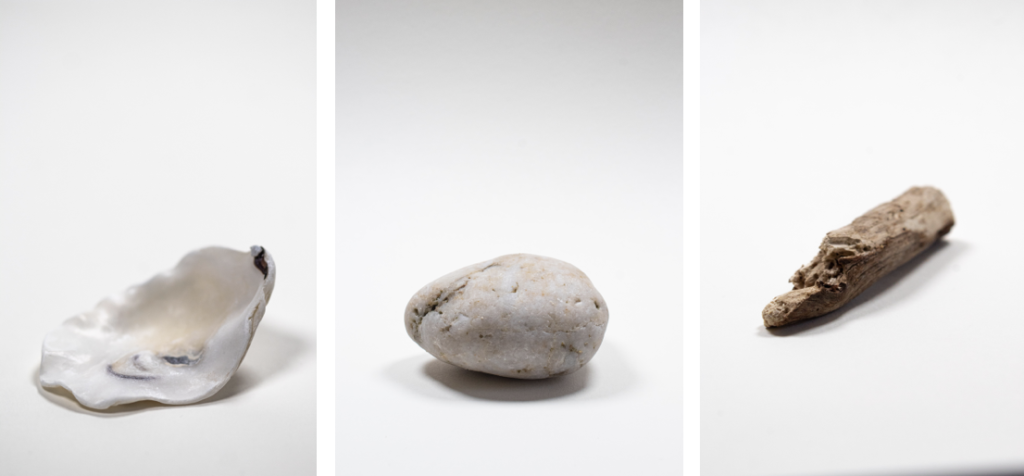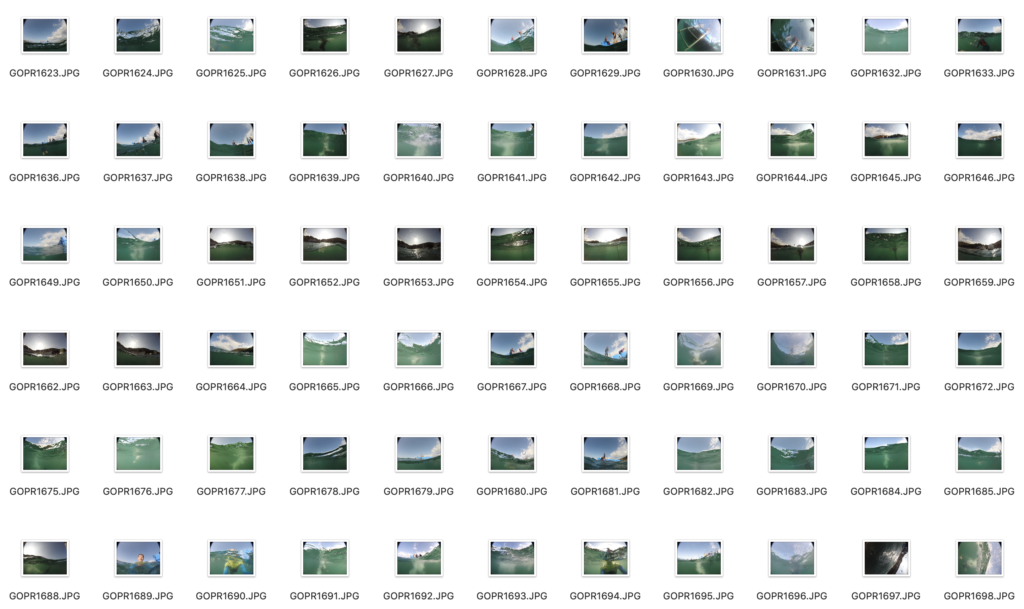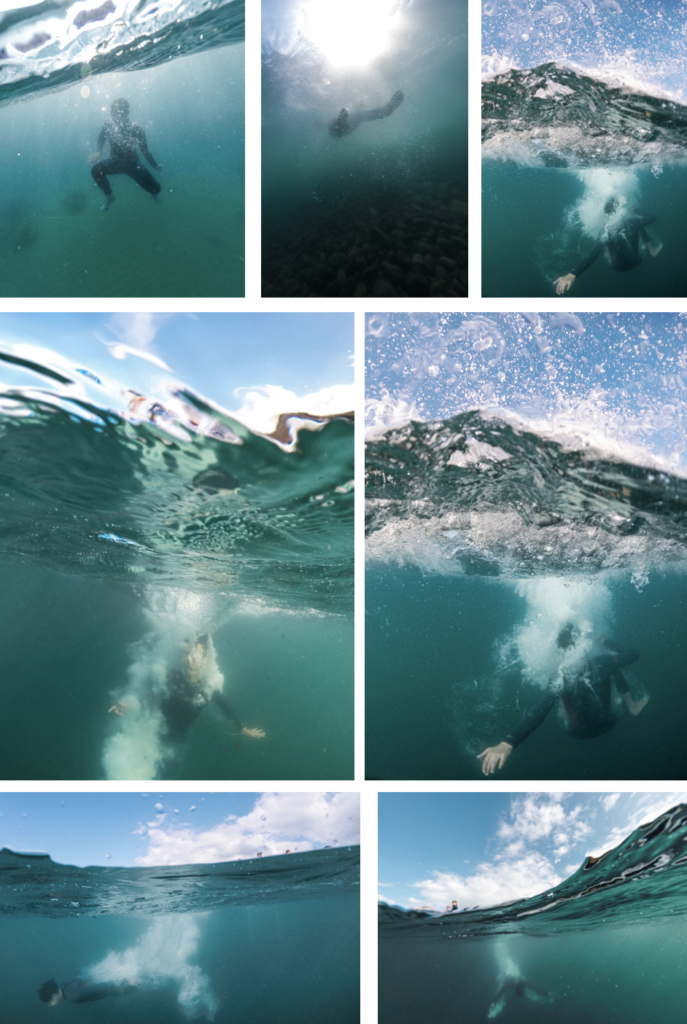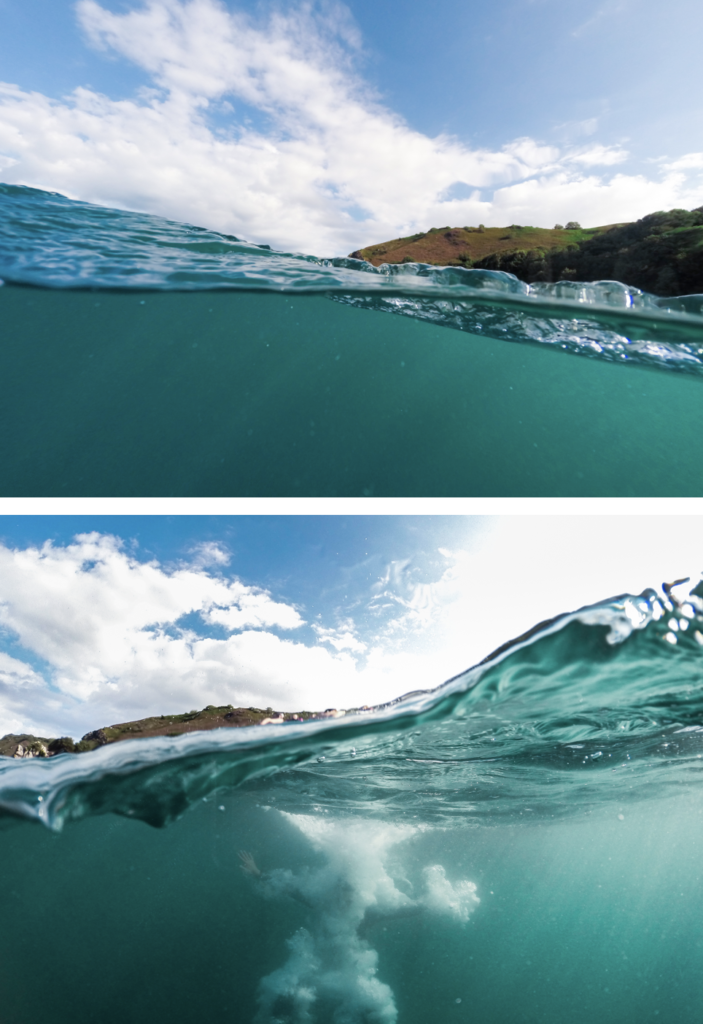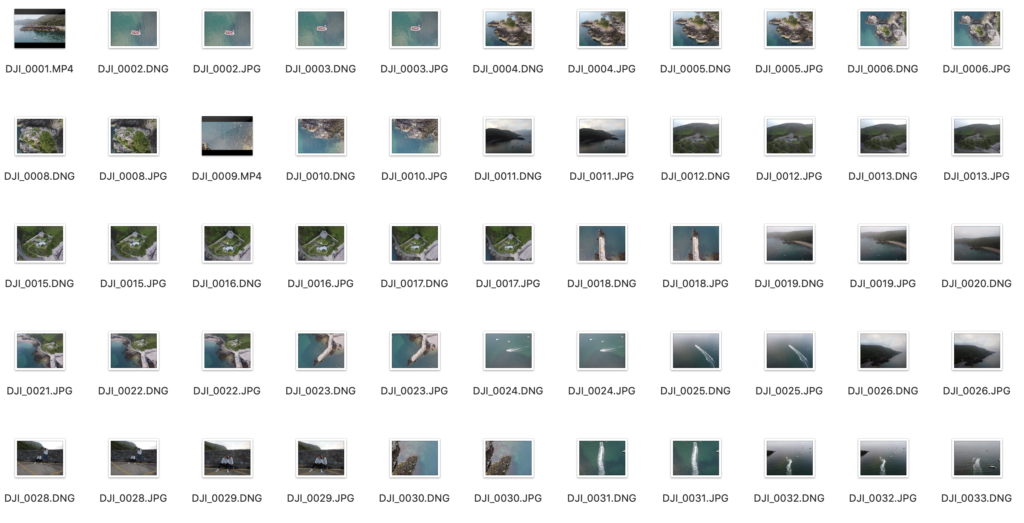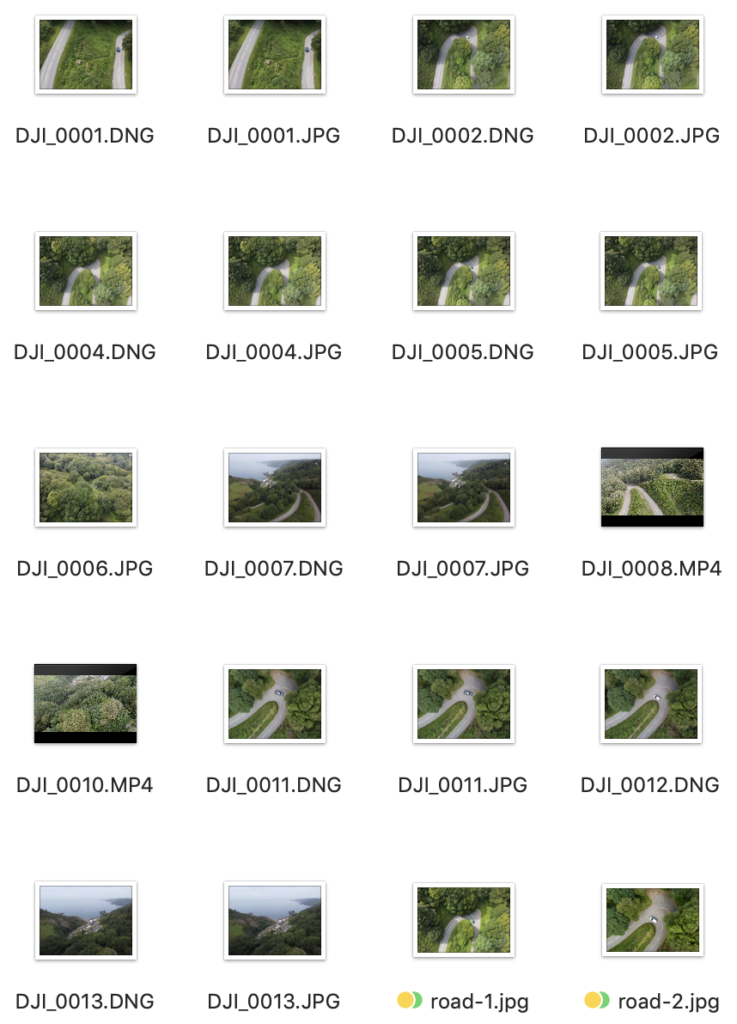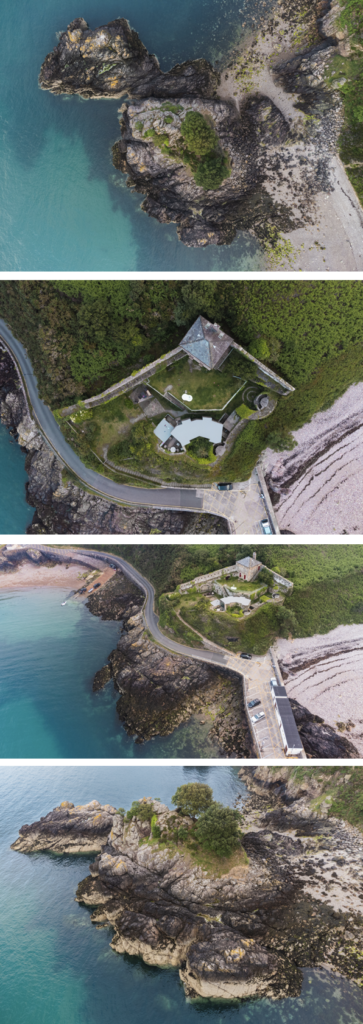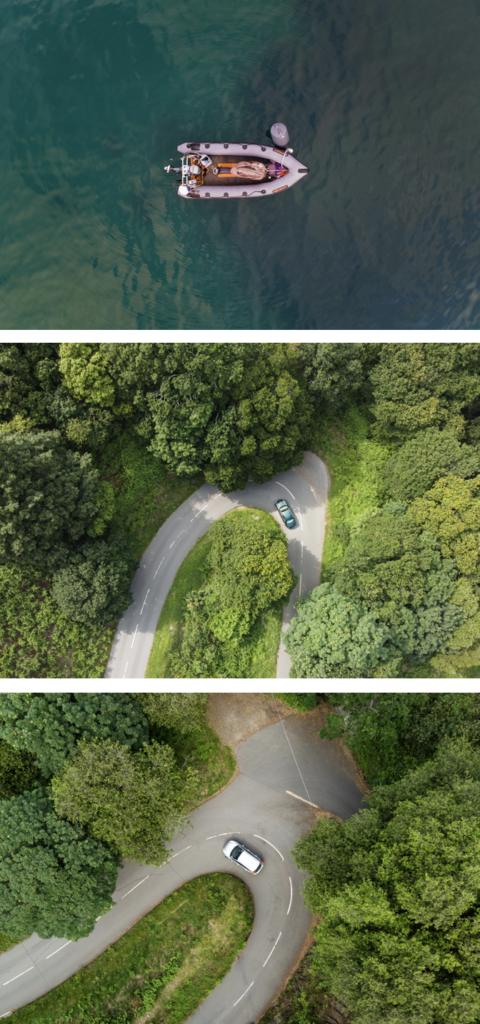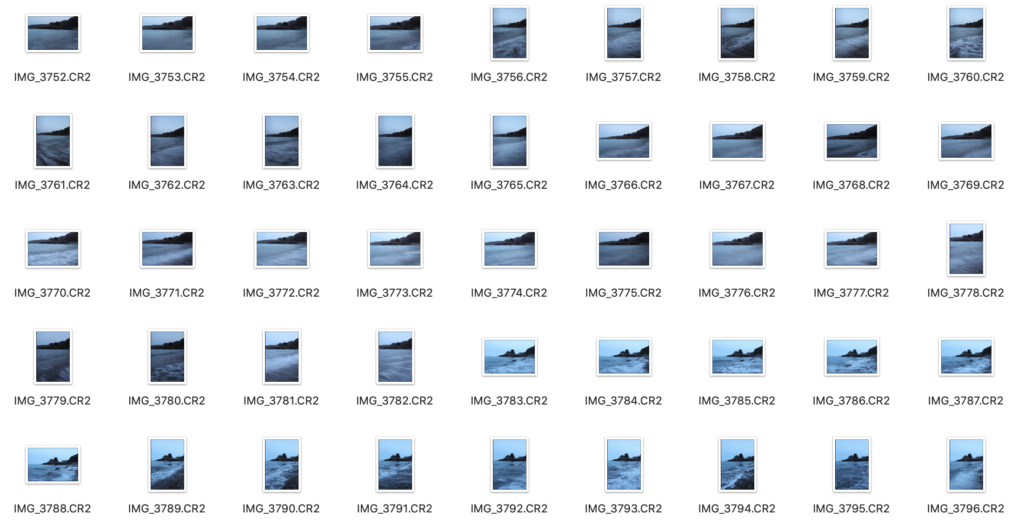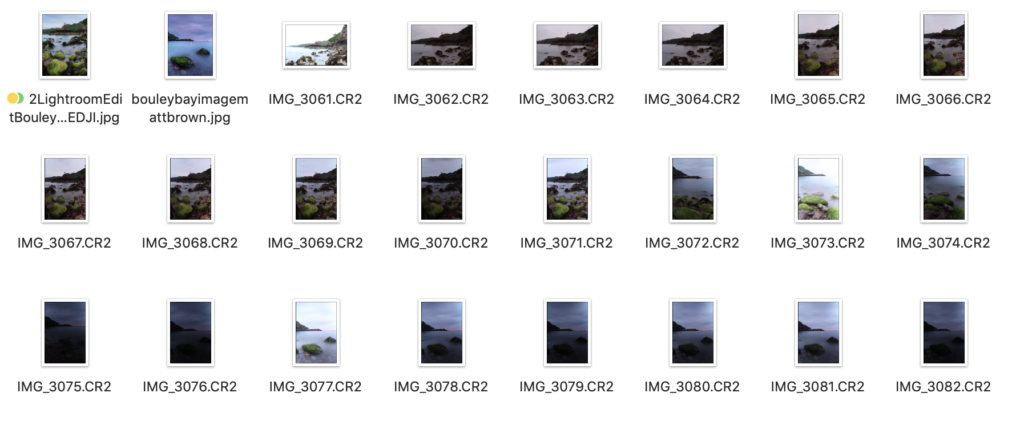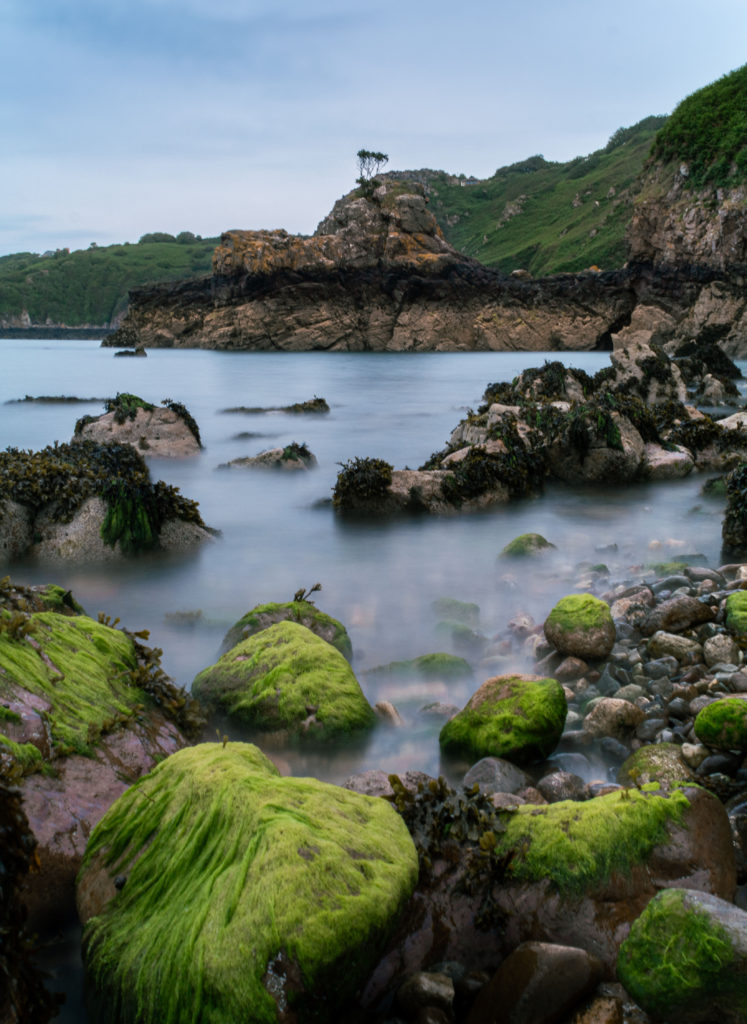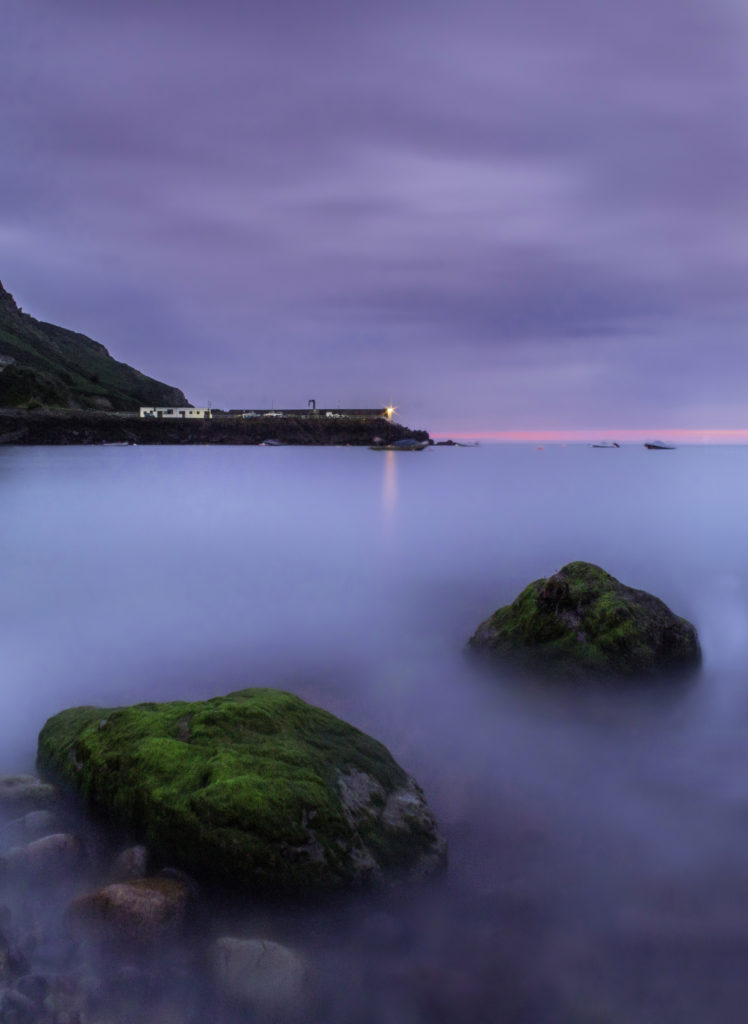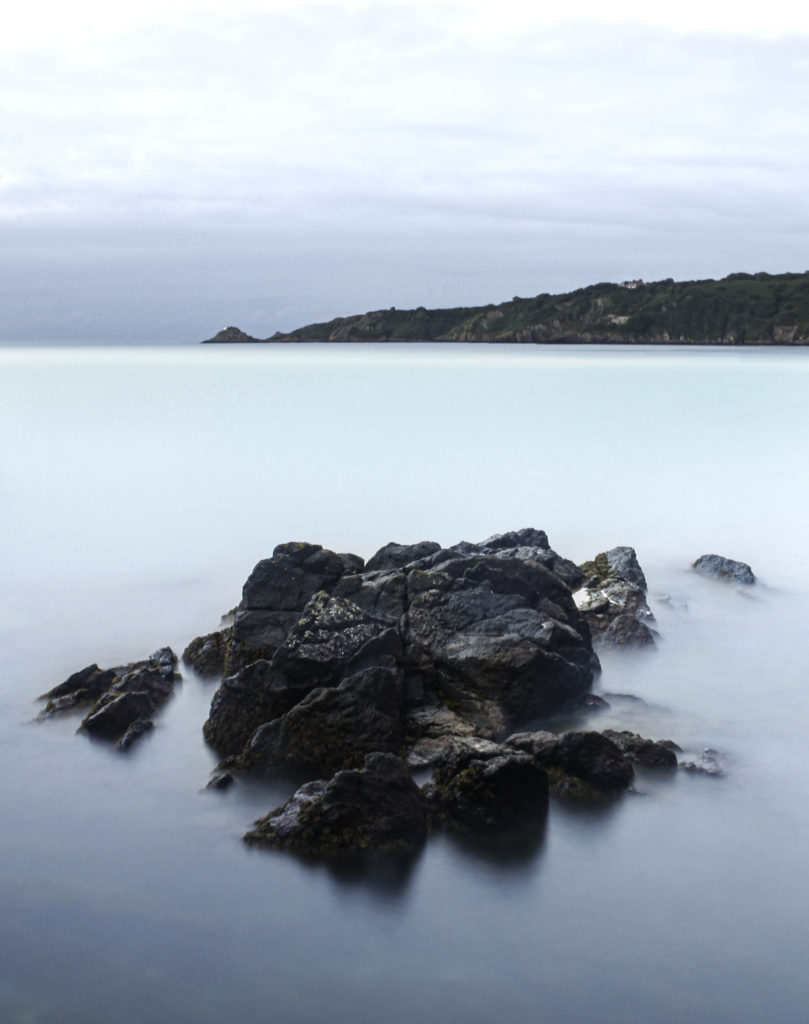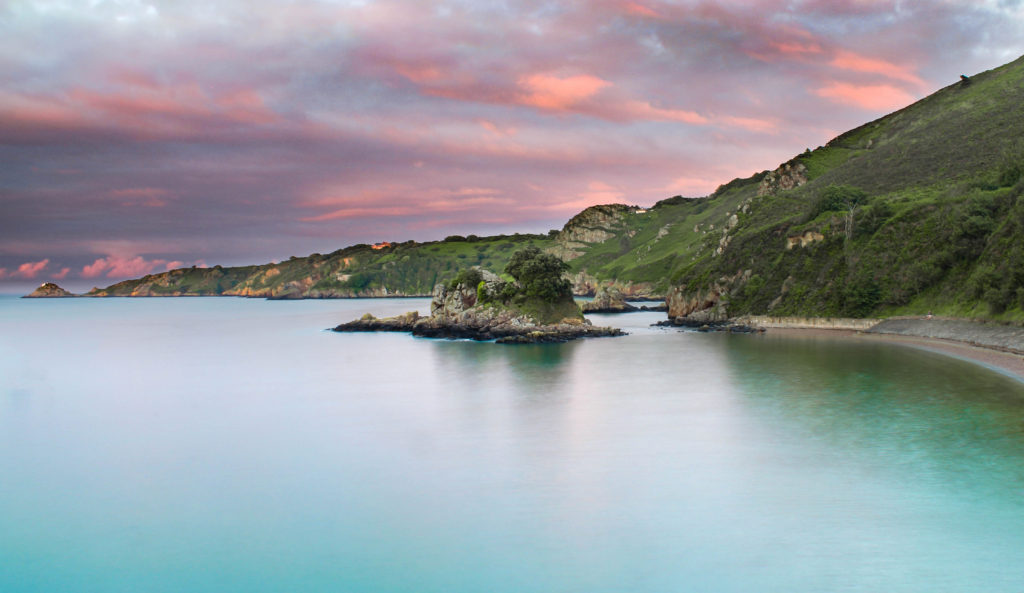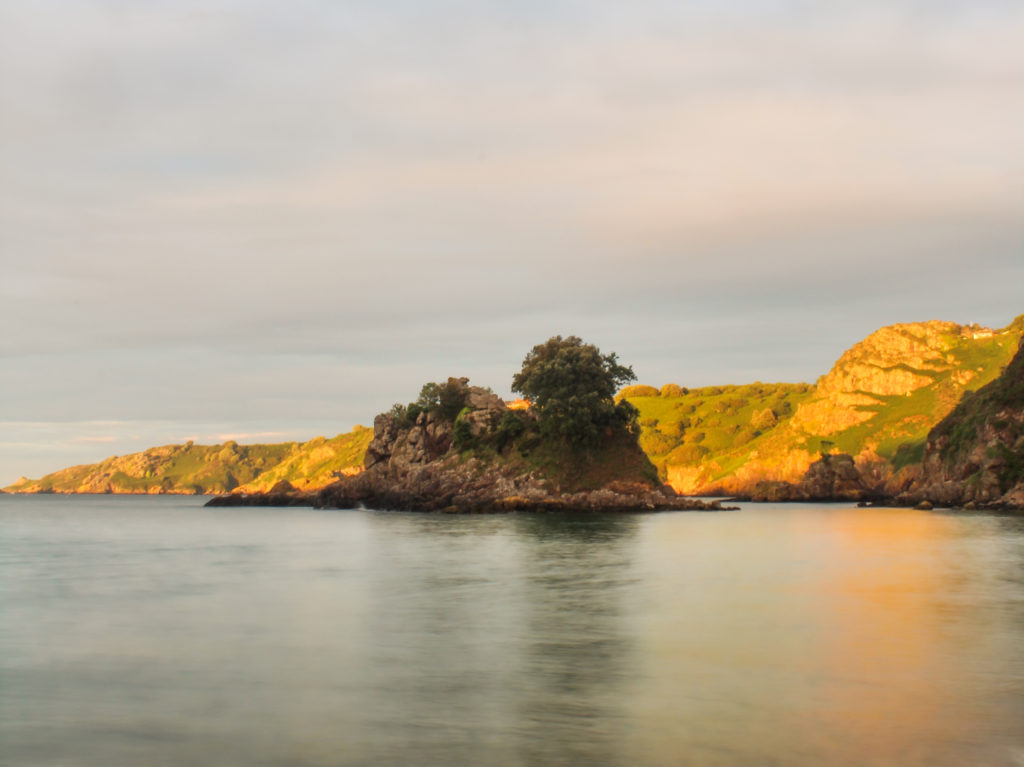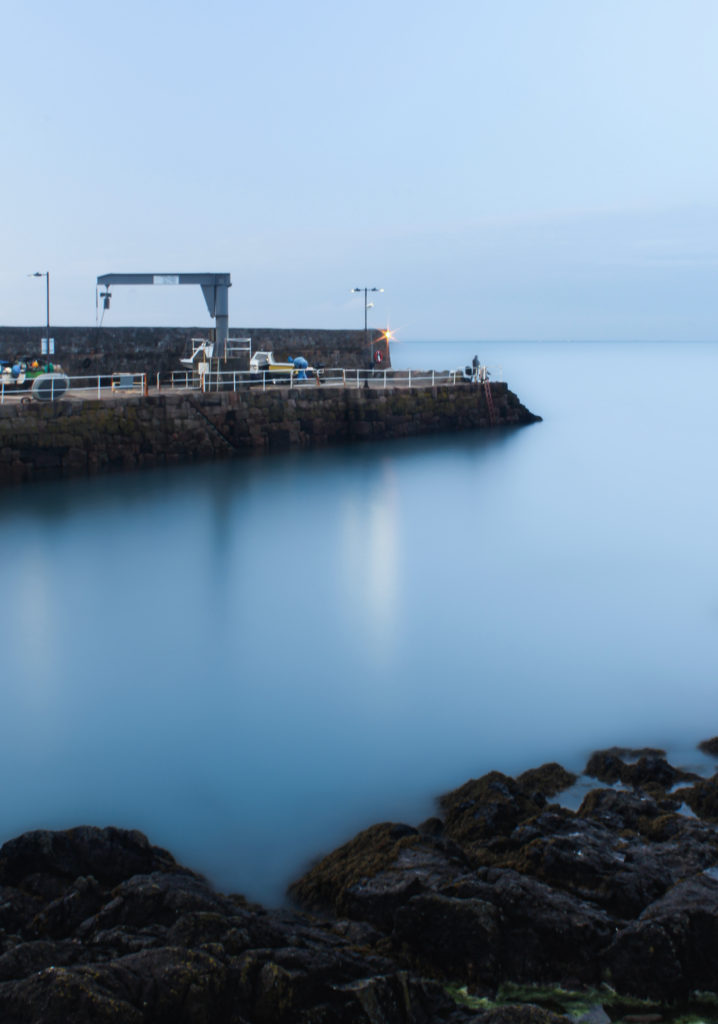Photographer Matt Day’s analysis on Doug Dubois ‘All the Days and Nights’
This analysis gives a second opinion on one of my artist inspirations for my personal Study, Doug Dubois.
https://hautlieucreative.co.uk/photo22al/wp-admin/post.php?post=42398&action=edit
By studying this analysis, it allows a broader scope of interpretation of Doug’s work to be considered rather than my own biased opinion.
Matt Day uses Dubois’ work to talk about the responsibility photographers carry, specifically the role of considering what story you are trying to tell. Matt talks about how the sequence of a foreword from Donald Antrim followed by the photographic progressive arrangement concluded by the afterword by Doug himself created a huge impact and delivered emotion effectively. This is something I want to perfect by including an essay and a sequential photographic arrangement in my personal study to also effectively entice emotion from an audience. Matt talks about the effectiveness of Doug’s method of shooting over a long period of time in terms of bettering a narrative. The introduction talks about the role of a memoirist in terms of documentation and how photo selection, especially when shooting over a long period of time, plays a role in how we understand a story. He talks about the use of light alongside the detail of the subjects facial expression that Doug uses to capture a mood.
NOVEL: A Forum on Fiction – Pg 70 -76 Tzvetan Todarov – Structural analysis of narrative
Tzvetan Todarov was a Bulgarian-French historian, philosopher, structuralist literary critic, sociologist and essayist. He was the author of many books and essays, which have had a significant influence in anthropology, sociology, semiotics, literary theory, intellectual history and culture theory. I want to apply his work on narratology to my personal study. His study’s on the structural analysis of narrative would be beneficial to apply to my project as I want to emphasise an impactful narrative through the medium of photography. Todarov states that all effective narratives share a structure that involves movement of one state of equilibrium to another. He describes the notion that two states of equilibrium are separated by a disruption in the narrative. Referencing my photo-shoot-plans I have implemented this idea of disrupted equilibrium – https://hautlieucreative.co.uk/photo22al/wp-admin/post.php?post=42513&action=edit. This idea is also presented by Kurt Vonnegut – Shape of a story – https://www.youtube.com/watch?v=oP3c1h8v2ZQ
Useful Quote from this piece of literature:
“The object of our study must be narrative mood, or point of view, or sequence, and not this or that story in and for itself. […] The minimal complete plot can be seen as the shift from one equilibrium to another. This term “equilibrium,” which I am borrowing from genetic psychology, means the existence of a stable but not static relation between the members of a society; it is a social law, a rule of the game, a particular system of exchange. The two moments of equilibrium, similar and different, are separated by a period of imbalance, which is composed of a process of degeneration and a process of improvement.”
Judith Butler – Gender trouble
Judith Butler is an American philosopher and gender theorist whose work has influenced political philosophy, ethics, and the fields of third-wave feminism, queer theory, and literary theory.
Her work on the gender performativity theory is what I am interested in. This theory presents the idea that “identity is performatively constructed by the very ‘expressions’ that are said to be its results (it is manufactured through a set of acts)”. This can be applied to my project where I will be documenting an individual struggling with performing identity in different environments, overall aiding in answering: How can the medium of photography interrogate the notion of adopted hypermasculinity by individuals who are part of a sporting community, specifically rugby? Judith describes gender as a social construct – masculine and feminine are created through repetition.
“To operate within the matrix of
power is not the same as to replicate uncritically relations of domination.”
― Judith Butler, Gender Trouble
“As a result, gender is not to culture as sex is to nature; gender is
also the discursive/cultural means by which “sexed nature” or “a natural
sex” is produced and established as “prediscursive,” prior to culture,
a politically neutral surface on which culture acts”
― Judith Butler, Gender Trouble
Other Useful Sources:
Documentary Photography https://hautlieucreative.co.uk/photo17ase/wp-content/uploads/sites/21/2017/07/Documentary-Photography.pdf
Ethical questions regarding the photographer’s position of being inside or outside from PhotoPedagogy.
https://www.photopedagogy.com/insideout.html
“On the one hand, we frequently assume authenticity and truth to be located on the inside (the truth of the subject), and, at the same time, we routinely – culturally – locate and define objectivity (as in repertorial, journalistic or juridical objectivity) in conditions of exteriority, of noncomplication.”
– Abigail Solomon-Godeau
https://www.photopedagogy.com/uploads/5/0/0/9/50097419/week_5_abigail_solomon-godeau_inside_out.pdf
“The whole point of photographing people is that you are not intervening in their lives, only visiting them. The photographer is a supertourist, an extension of the anthropologist.” – Diane Arbus






